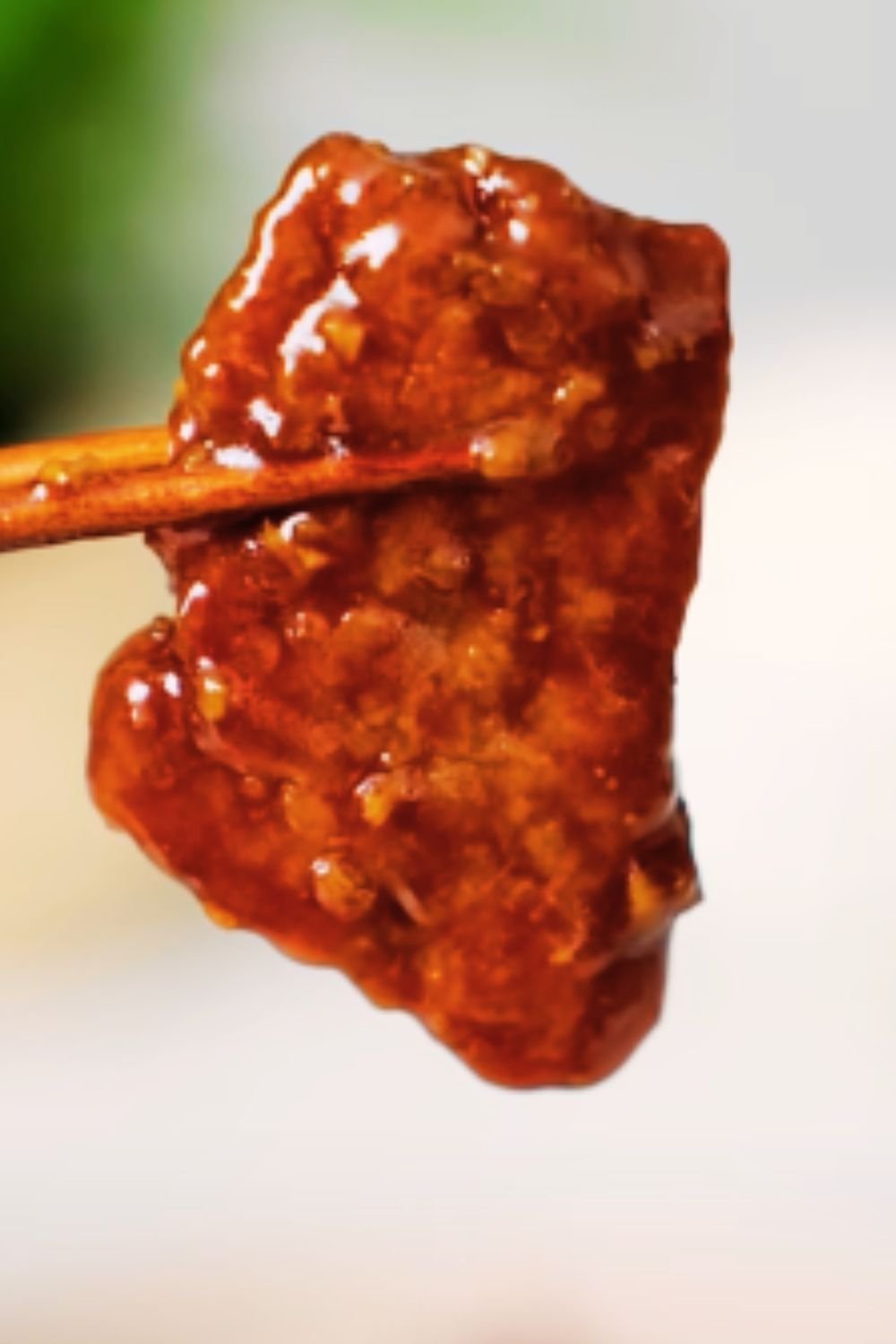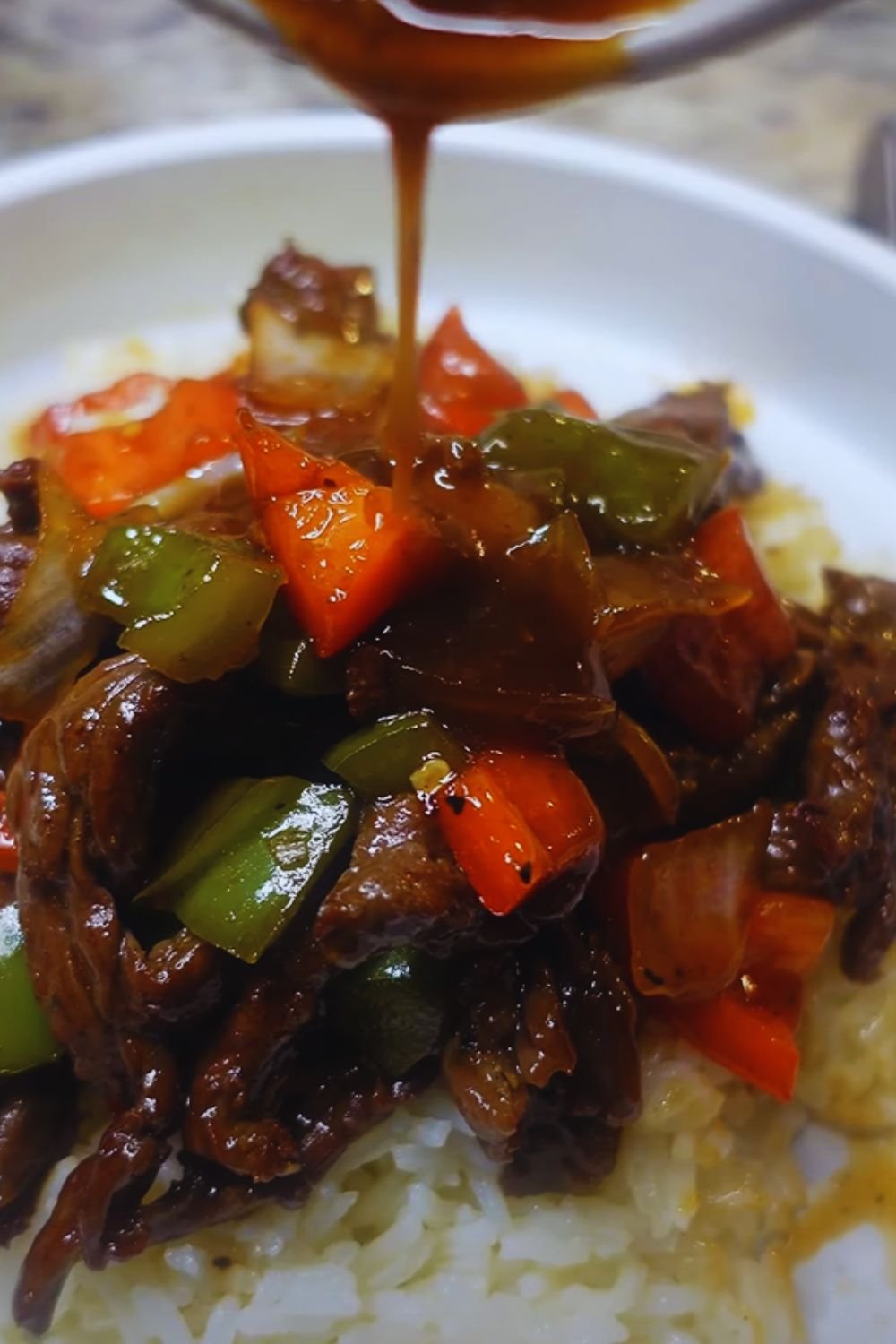The Irresistible Tale of a Culinary Masterpiece
When I first encountered Mongolian beef, it was like discovering a hidden treasure of gastronomic delight. The sizzling sounds, the aromatic spices, and the perfectly caramelized meat have since become my culinary obsession. Today, I’m excited to share with you the intricate world of this beloved dish that seamlessly blends bold flavors and cultural richness.
The Origin Story
Contrary to popular belief, Mongolian beef isn’t a traditional Mongolian dish. Its roots trace back to Taiwanese cuisine, specifically to the vibrant street food scenes of Taipei. Created in the 1950s, this dish represents a beautiful fusion of Chinese-American culinary innovation, combining tender beef slices with a mesmerizing sweet and savory sauce.
Ingredients: The Building Blocks of Flavor
Premium Beef Selection
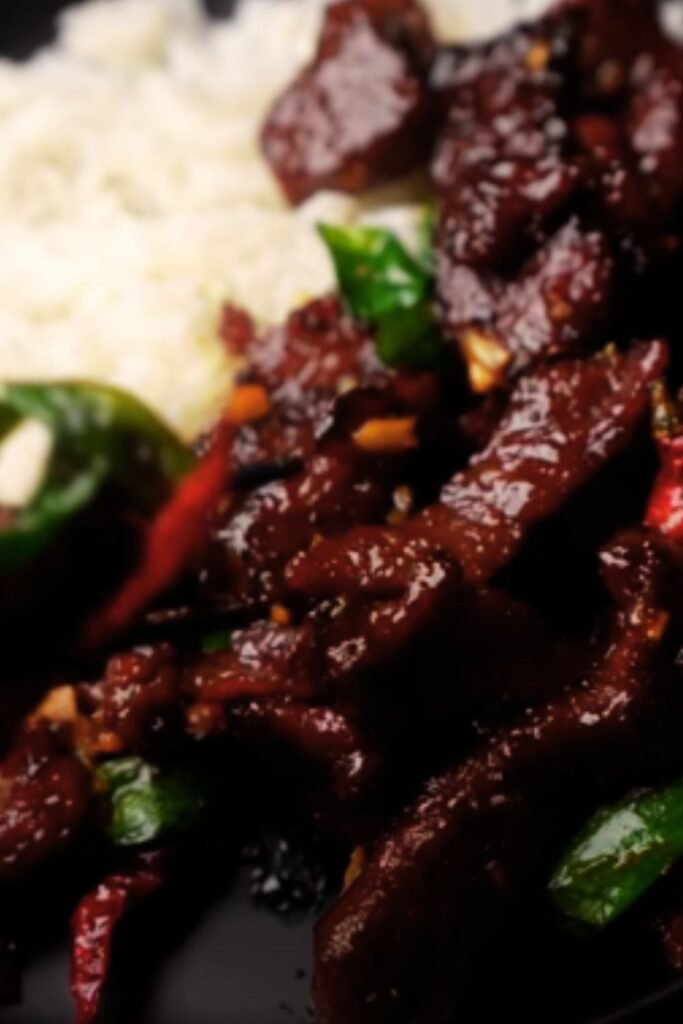
Choosing the right cut is crucial for creating exceptional Mongolian beef. I recommend:
| Beef Cut | Tenderness | Marbling | Ideal Thickness | Preparation Tip |
|---|---|---|---|---|
| Flank Steak | High | Moderate | 1/4 inch | Slice against the grain |
| Sirloin | Medium-High | High | 1/8 inch | Trim excess fat |
| Ribeye | Excellent | Very High | 1/4 inch | Remove thick connective tissue |
Essential Ingredients Breakdown
- Protein Base
- Thinly sliced beef (flank steak preferred)
- Cornstarch for coating
- Vegetable oil for frying
- Flavor Enhancers
- Soy sauce (dark and light varieties)
- Brown sugar
- Garlic
- Ginger
- Green onions
Cooking Technique: Mastering the Art
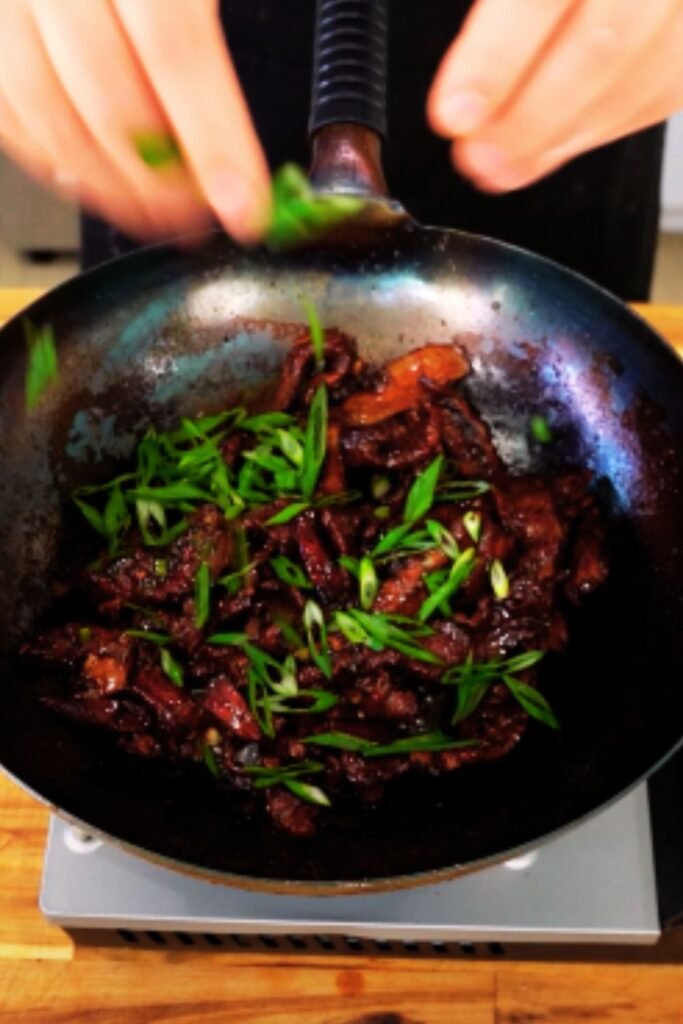
My foolproof method ensures restaurant-quality Mongolian beef every single time:
- Meat Preparation
- Slice beef against the grain
- Create a cornstarch coating
- Ensure meat is at room temperature
- Sauce Creation
- Blend soy sauce, brown sugar, garlic
- Whisk until smooth
- Let flavors meld for 10 minutes
- Cooking Process
- Use high-heat wok or skillet
- Quick sear for beef
- Remove meat, prepare sauce
- Combine and garnish
Pro Tips for Perfect Texture
- Pat meat dry before coating
- Use high smoke-point oil
- Do not overcrowd the pan
- Cook in batches for best results
Nutritional Insights
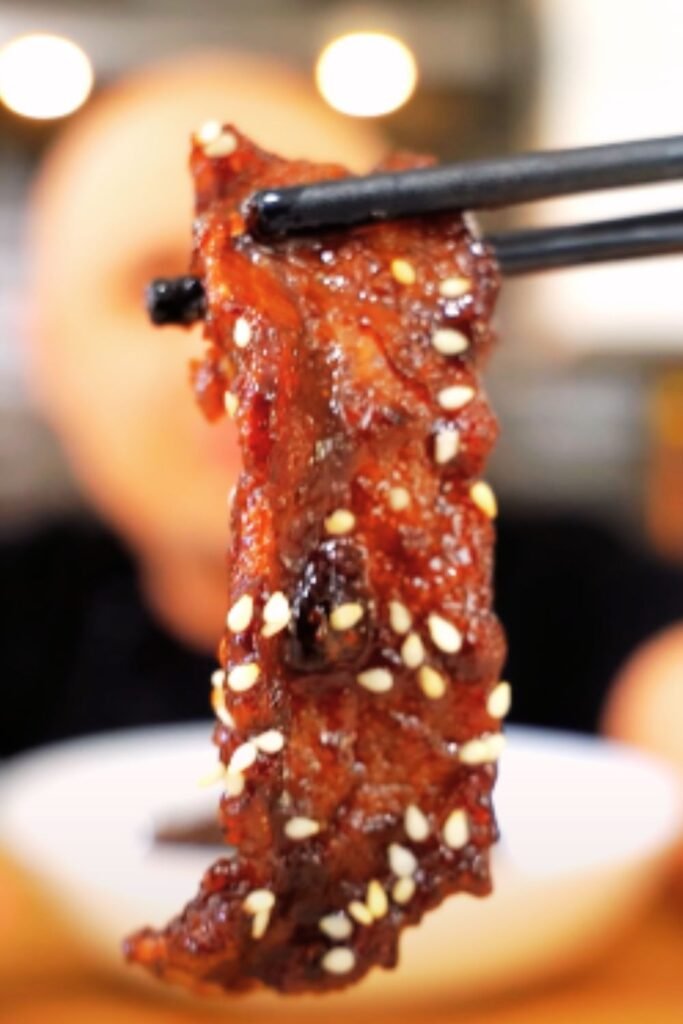
Nutritional Breakdown (Per Serving)
| Nutrient | Amount | % Daily Value |
|---|---|---|
| Calories | 320 | 16% |
| Protein | 28g | 56% |
| Fat | 15g | 23% |
| Carbohydrates | 18g | 6% |
| Sodium | 680mg | 30% |
Serving Suggestions
Accompaniments
- Steamed jasmine rice
- Cauliflower rice for low-carb option
- Stir-fried vegetables
- Sesame seeds for garnish
Common Mistakes to Avoid
- Slicing meat with the grain
- Using low-quality beef
- Overcooking the meat
- Skipping meat marination
- Using cold meat
Frequently Asked Questions
Q: Can I use a different cut of beef?
A: While flank steak is ideal, sirloin and ribeye work well too. Just ensure thin, even slices.
Q: How long can I store Mongolian beef?
A: Refrigerate for up to 3 days in an airtight container. Reheat quickly to maintain texture.
Q: Is this dish spicy?
A: Traditional recipe is mild. Add red pepper flakes for heat.
Q: Can I make it vegetarian?
A: Substitute beef with tofu or seitan, maintaining similar cooking techniques.
Culinary Variations
- Korean-inspired version with gochujang
- Thai-style with lemongrass
- Japanese-influenced with mirin
- Gluten-free alternatives using tamari
Storage and Reheating
- Refrigerate within 2 hours of cooking
- Use airtight glass containers
- Reheat in skillet for best texture
- Avoid microwave to prevent toughening
Conclusion
Mongolian beef is more than a dish—it’s a culinary adventure that brings together technique, tradition, and tantalizing flavors. Whether you’re a home cook or a culinary enthusiast, mastering this recipe will elevate your cooking repertoire.
Happy cooking, and may your Mongolian beef be as delightful as the journey of discovering it!
